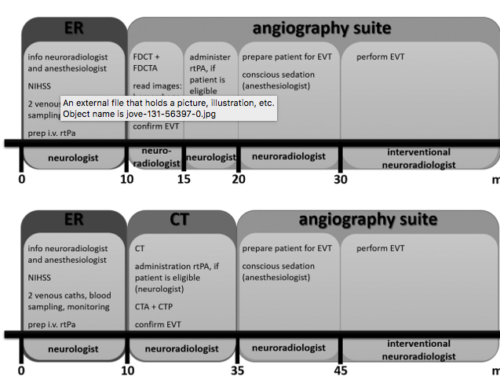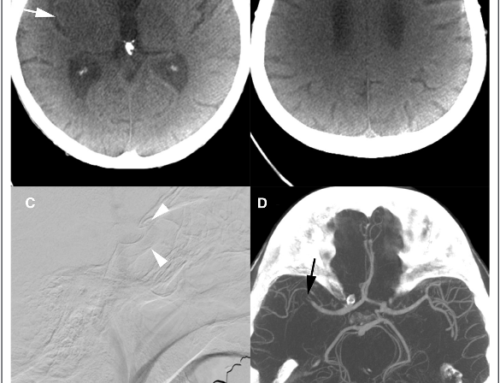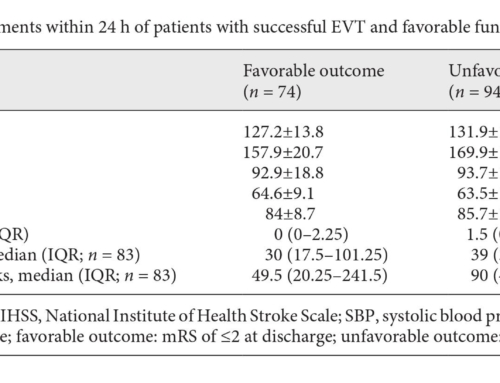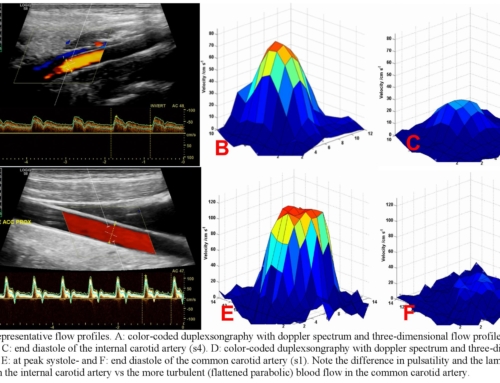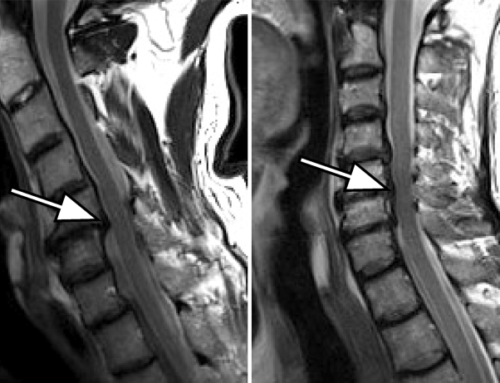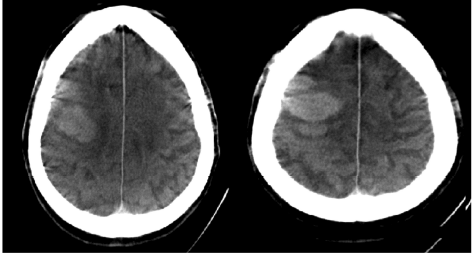
Abstract
Background and purpose: Rapid thrombectomy for acute ischemic stroke caused by
large vessel occlusion leads to improved outcome. Optimizing intrahospital management might
diminish treatment delays. To examine if one-stop management reduces intrahospital treatment
delays and improves functional outcome of acute stroke patients with large vessel occlusion.
Methods: We performed a single center, observational study from June 2016 to November 2018.
Imaging was acquired with the latest generation angiography suite at a comprehensive stroke center.
Two-hundred-thirty consecutive adults with suspected acute stroke presenting within 6 h after
symptom onset with a moderate to severe National Institutes of Health Stroke Scale (!10 in 2016;
!7 since January 2017) were directly transported to the angiography suite by bypassing multidetector
CT. Noncontrast flat-detector CT and biphasic flat-detector CT angiography were acquired with
an angiography system. In case of a large vessel occlusion patients remained in the angiography
suite, received intravenous rtPA therapy and underwent thrombectomy. As primary endpoints,
door-to-reperfusion times and functional outcome at 90 days were recorded and compared in a
case-control analysis with matched prior patients receiving standard management. Results: A total
of 230 patients (123 women, median age of 78 years (Interquartile Range (IQR) 69–84)) were
included. Median symptom-to-door time was 130 min (IQR 70–195). Large vessel occlusion was
diagnosed in 166/230 (72%) patients; 64/230 (28%) had conditions not suitable for thrombectomy.
Median door-to-reperfusion time for M1 occlusions was 64 min (IQR 56–87). Compared to
43 case-matched patients triaged with multidetector CT, median door-to-reperfusion time was
reduced from 102 (IQR 85–117) to 68 min (IQR 53–89; p < 0.001). Rate of good functional outcome was
significantly better in the one-stop management group (p = 0.029). Safety parameters (mortality, sICH,
J. Clin. Med. 2019, 8, 2185; doi:10.3390/jcm8122185 www.mdpi.com/journal/jcm
J. Clin. Med. 2019, 8, 2185 2 of 13 any hemorrhage) did not di↵er significantly between groups. Conclusions: One-stop management
for stroke triage reduces intrahospital time delays in our specific hospital setting.

